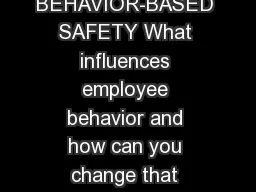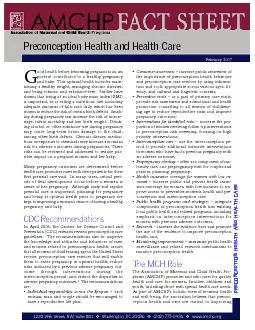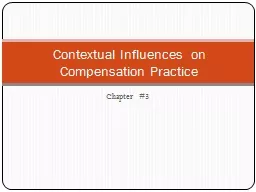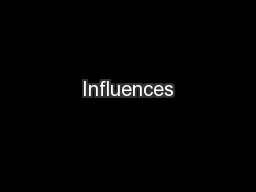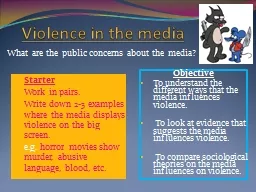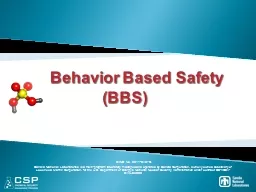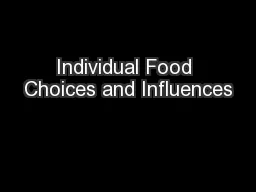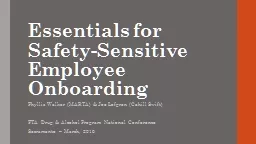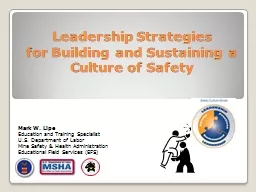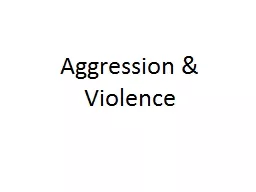PPT-BEHAVIOR-BASED SAFETY What influences employee behavior and how can you change that behavior
Author : test | Published Date : 2018-09-23
Presented by Harry Cheff CSRM and Annette Satterly MS CIC CRM CIC Session Objectives Understand how safety behavior is shaped Analyze employee behavior Pinpoint
Presentation Embed Code
Download Presentation
Download Presentation The PPT/PDF document "BEHAVIOR-BASED SAFETY What influences em..." is the property of its rightful owner. Permission is granted to download and print the materials on this website for personal, non-commercial use only, and to display it on your personal computer provided you do not modify the materials and that you retain all copyright notices contained in the materials. By downloading content from our website, you accept the terms of this agreement.
BEHAVIOR-BASED SAFETY What influences employee behavior and how can you change that behavior: Transcript
Download Rules Of Document
"BEHAVIOR-BASED SAFETY What influences employee behavior and how can you change that behavior"The content belongs to its owner. You may download and print it for personal use, without modification, and keep all copyright notices. By downloading, you agree to these terms.
Related Documents

